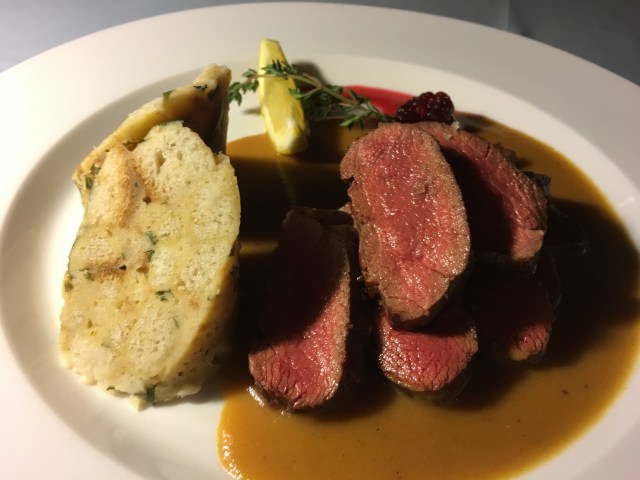Regardless of the length of the trip or the exotic nature of the location, it is always difficult to eat healthy when traveling. Whether it is having to grab a quick bite at the airport or train station, eating a meal while sightseeing, or eating the local cuisine, healthy options are either not readily available or your eyes naturally shift to the more decadent options. Believe it or not, we always weigh ourselves before we leave on a trip and then compare it when we return so that we know whether we need to work on losing any weight we might have gained.




Although it isn’t always easy to find healthy options when traveling, that doesn’t mean that it is impossible. We love seafood and can’t always get a good variety at home, so one thing that we do is to look for fish or shellfish on the menu and try to select dishes that aren’t necessarily covered in a sauce. Another trick that we use is to share a meal or eat small plates to avoid over eating. Eating healthy doesn’t mean not eating things with flavor, it is more a matter of paying attention to how the food is prepared and whether the restaurant uses fresh ingredients.




We try to be realistic and understand that we will want to eat a variety of food some of which is going to be fried, smothered in a rich sauce, or covered in cheese and we are okay with that. As with anything, it is really a question of moderation. For example, just because you are in Italy doesn’t mean that every dish has to be pasta or pizza. We are firm believers of eating like a local, but that doesn’t mean that locals don’t have some healthy choices. What do you do to eat healthy when you are on the road?

















